Dentistry has undergone a significant transformation in recent years, with digital technologies playing an increasingly crucial role in diagnosis, treatment planning, and overall patient care. One key component of this digital revolution is the digital analog. While the term might sound complex, understanding its function is essential to appreciate the advancements in modern dentistry.
Spectrum of Digital Analog
The world of dental digital-analogs isn’t a one-size-fits-all scenario. Each type serves a specific purpose within the dental treatment spectrum:
- Implant Analogs:
Arguably the most prevalent type, implant analogs are meticulously designed replicas of dental implants. Their primary function lies in facilitating the precise positioning and angulation of implants within a 3D-printed model or a traditional stone model. This meticulous approach ensures a perfect fit for crowns, bridges, or any other implant-supported restorations.
- Crown and Bridge Analogs:
These digital-analogs play a vital role in the crown and bridge restoration process. They represent the prepared tooth or teeth that will receive the crown or bridge. By utilizing crown and bridge analogs, dental professionals can create custom abutments, ensuring a seamless and comfortable fit for the final restoration.
- Surgical Guides:
Dental implant placement surgery demands utmost precision. Surgical guides, a type of digital analog, come to the rescue. These are essentially drill templates, meticulously crafted using digital data. During surgery, these guides serve as a roadmap, minimizing risks associated with freehand implant placement and guaranteeing accurate implant positioning.
- Custom Tray Analogs:
The impression-taking process, a crucial step in traditional dentistry, can be uncomfortable for patients. Fortunately, custom tray analogs offer a solution. These analogs are 3D printed replicas of the patient’s jaw, facilitating the creation of custom impression trays. This not only enhances the accuracy of impressions but also provides a more comfortable experience for the patient.
- Diagnostic Analogs:
Diagnosis forms the bedrock of successful dental treatment. Diagnostic analogs are digital-analogs specifically designed to facilitate the visualization and analysis of complex dental situations. These analogs, created from digital scans and x-rays, provide a 3D representation of the patient’s oral anatomy, allowing dentists to diagnose issues more effectively and plan treatment accordingly.
- Occlusal Analogs:
A harmonious bite is essential for optimal oral health. Occlusal analogs are digital analogs that replicate the patient’s bite. These analogs are particularly valuable in procedures like full mouth reconstruction or implant-supported restorations, where achieving a balanced bite is critical.
- Partial Denture Analogs:
Partial dentures are dental prosthetics used to replace missing teeth. Partial denture analogs are digital-analogs that represent the edentulous area (area missing teeth) and the remaining teeth that will support the partial denture. This facilitates the design and creation of a well-fitting and comfortable partial denture for the patient.
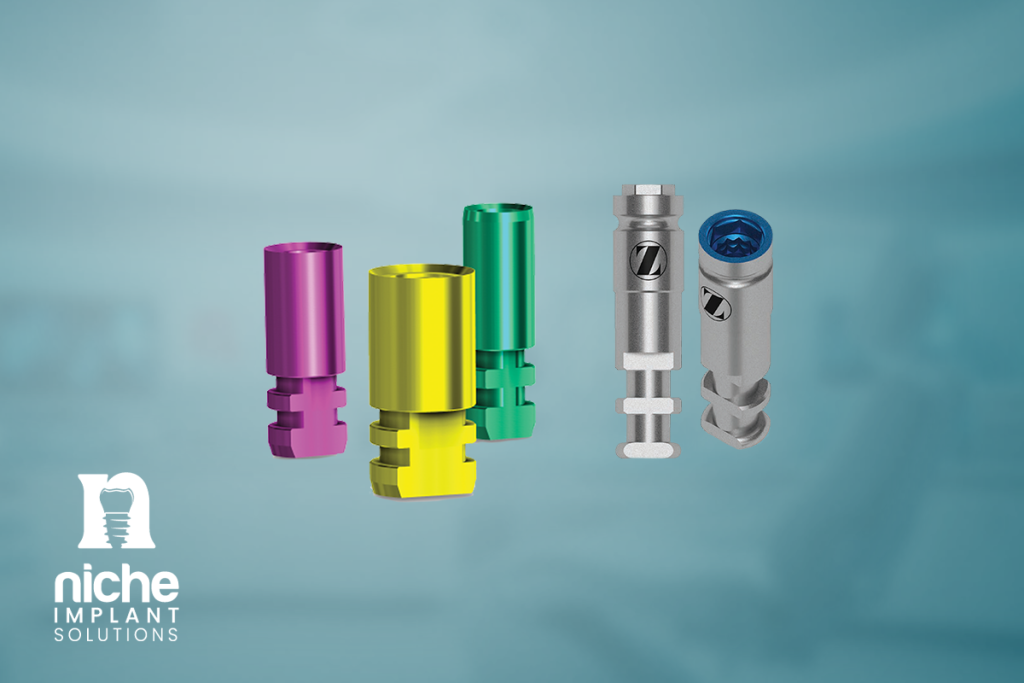
Applications of Digital Analog in Dentistry
In recent years, the integration of digital technologies has revolutionized the field of dentistry, offering unprecedented precision, efficiency, and patient-centered care. Digital analog applications encompass a diverse range of technologies that have significantly enhanced diagnostic capabilities, treatment planning, and therapeutic outcomes. From advanced imaging techniques to computer-aided design and manufacturing, these innovations have not only streamlined dental procedures but also elevated standards of oral healthcare delivery. This article explores key applications of digital analog in dentistry, highlighting their transformative impact on clinical practice and patient experience.
1. Digital Impressions and CAD/CAM Technology
Digital impressions, facilitated by intraoral scanners, eliminate the need for traditional putty-based impressions. This not only expedites the workflow but also enhances accuracy. CAD/CAM technology utilizes these digital impressions to design and fabricate restorations like crowns, bridges, and veneers with precise measurements and aesthetics.
2. Virtual Treatment Planning
By integrating digital imaging with CAD software, dentists can simulate treatment outcomes virtually. This allows for meticulous planning of complex procedures such as dental implants or orthodontic treatments. Patients benefit from visualizing the expected results, fostering informed decision-making and improving satisfaction.
3. Guided Surgery
In implant dentistry, digital-analog techniques enable guided surgery through the creation of surgical guides based on digital models. These guides ensure precise implant placement, optimizing success rates and minimizing procedural risks.
4. Digital Radiography
Digital radiography systems, including CBCT and digital X-rays, provide detailed images while reducing radiation exposure compared to traditional radiography. These tools aid in diagnosing conditions such as caries, periodontal disease, and temporomandibular joint disorders with enhanced clarity.
Benefits of Digital Analogs:
The integration of digital-analogs in dentistry offers a multitude of benefits for both dentists and patients:
- Enhanced Precision: Digital technology allows for highly accurate scans and measurements, which translate into precise digital-analogs. This translates to better-fitting restorations, improved implant placement, and reduced risk of complications.
- Improved Efficiency: Digital workflows streamline the entire dental process. Digital analogs eliminate the need for traditional impression materials, saving time and chairside procedures. Additionally, communication between dentists and dental labs is facilitated, leading to faster turnaround times.
- Streamlined Communication: Digital-analogs provide a tangible representation of the digital plan for both dentists and dental labs. This fosters better communication and collaboration, leading to fewer errors and misunderstandings.
- Patient Comfort: Traditional impression techniques can be uncomfortable for patients. Using digital scans eliminates the need for messy impression materials, resulting in a more comfortable experience.
- Predictable Outcomes: Digital-analogs allow for visualization of the final restoration before any physical work begins. This predictability helps with treatment planning and patient expectations.
- Archiving and Future Reference: Digital files and the corresponding digital-analogs can be easily archived for future reference. This facilitates easier planning for future procedures or replacement of restorations.
In conclusion, the adoption of digital analog technologies in dentistry represents a paradigm shift towards precision, efficiency, and patient satisfaction. By leveraging advanced imaging, CAD/CAM systems, and digital impressions, dental professionals can achieve higher accuracy in diagnostics, more customized treatment plans, and superior prosthetic outcomes. Moreover, the streamlined workflows and reduced treatment times contribute to improved patient comfort and convenience. As these technologies continue to evolve, they promise even greater potential for enhancing oral healthcare delivery and shaping the future of dentistry.
Challenges of Implementing Digital Analogs:
Despite their advantages, several factors can hinder the widespread adoption of digital analogs:
- Cost: The initial investment in digital scanners, 3D printers, and associated software can be significant for dental practices. While the long-term benefits like improved efficiency can offset these costs, the upfront investment can be a barrier for smaller practices.
- Learning Curve: Shifting from traditional analog workflows to digital workflows requires training for both dentists and staff. Mastering the use of digital scanners, design software, and 3D printers takes time and dedication.
- Technical Expertise: Integrating digital-analogs requires a certain level of technical expertise. Troubleshooting technical glitches or maintaining equipment can pose challenges for some practices.
- Workflow Integration: Seamless integration of digital-analogs into existing workflows is essential for optimal efficiency. Practices might need to adapt their processes for handling digital files, communication with labs, and inventory management of printed analogs.
Standardization:
The lack of universal standards for digital file formats between different scanners, software programs, and 3D printers can create compatibility issues. This can hinder seamless collaboration between dentists and dental labs.
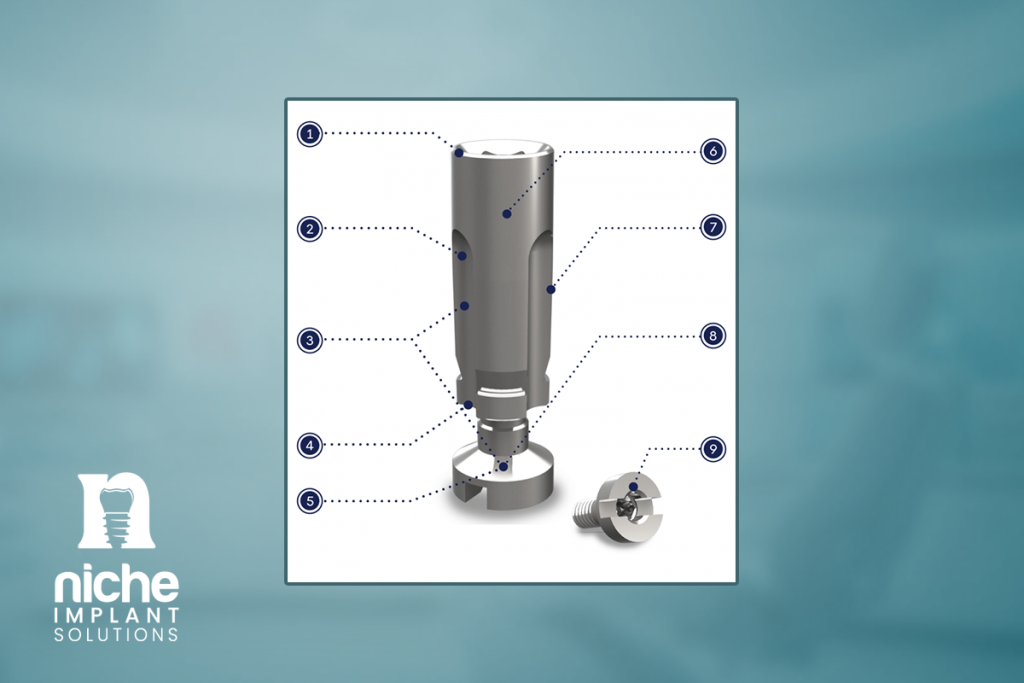
The Future of Digital Analogs
As dental technology continues to evolve, we can expect even more advancements in digital analogs. Some potential areas of development include:
- Biocompatible Materials:
Current digital-analogs are typically made from rigid plastics. The future might see the development of biocompatible materials that could be used for temporary restorations or surgical stents.
- Integration with Artificial Intelligence:
Artificial intelligence (AI) has the potential to further streamline the creation of digital analogs. AI algorithms might be able to automatically analyze patient scans and generate optimal placement suggestions for implants and restorations.
- Customization for Patient Education:
Digital analogs can be used to create patient-specific educational tools. 3D models of the patient’s teeth and planned restorations can help explain treatment plans more effectively, leading to better patient understanding and informed decisions.
Looking ahead, the future of digital analogs in dentistry appears promising and dynamic. Continued advancements in technology are poised to further refine precision, expand capabilities in treatment customization, and enhance overall patient outcomes. Innovations such as artificial intelligence, virtual reality integration, and biometric sensing hold the potential to revolutionize how dental care is delivered, making it more personalized and efficient than ever before. Embracing these developments will not only empower dental professionals but also ensure that patients receive the highest standard of oral health care in the years to come.
Also read: Revolutionizing Dentistry: Exploring Niche’s Cutting-Edge Implant Solutions
Elevate Your Dental Practice: The Power of Digital Analogs in Your Niche
In today’s competitive dental landscape, staying ahead of the curve with cutting-edge technology is crucial. Digital-analogs are revolutionizing the way dentists approach treatment planning, restoration creation, and overall patient care. Here at Niche , we specialize in providing the tools and resources necessary to seamlessly integrate digital-analogs into your niche dental practice.
Equipping Your Niche Practice with the Right Tools:
At Niche, we offer a comprehensive suite of products and services to help you integrate digital- analogs seamlessly into your niche practice. Here’s what we can provide:
- High-Quality 3D Printers and Scanners: We offer a variety of 3D printers and scanners specifically designed for dental applications. Our team will work with you to find the equipment that best suits your needs and budget.
- User-Friendly Design Software: Our selection of dental design software is intuitive and user-friendly, allowing even dentists with limited technical expertise to create accurate and functional digital-analogs.
- Comprehensive Training and Support: We understand the importance of proper training. We offer comprehensive training programs on using our equipment and software, ensuring you and your staff feel confident in utilizing digital-analogs. Additionally, our dedicated support team is always available to answer your questions and troubleshoot any issues.
Partnering with Niche for Success
By partnering with Nich, you gain access to more than just technology. We offer a complete solution tailored to your niche practice’s needs.
- Expert Consultation: Our team of dental experts has extensive knowledge of digital-analogs and their applications within various dental niches. We will work closely with you to identify the best solutions for your practice and workflow.
- Customization and Integration: We understand that one-size-fits-all solutions rarely work in dentistry. We offer customization options to ensure seamless integration of digital-analogs into your existing workflow and practice management system.
- Ongoing Support: We are committed to your long-term success. We offer ongoing support and resources to ensure you continue to maximize the benefits of digital-analogs in your practice.
Embrace the Future of Dentistry with Digital Analogs
Don’t let your niche practice fall behind the digital revolution. Contact Niche today to learn more about how digital-analogs can elevate your patient care, streamline your workflows, and propel your practice towards continued success.
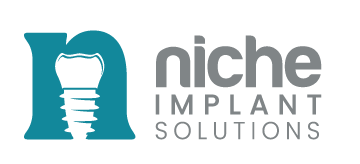
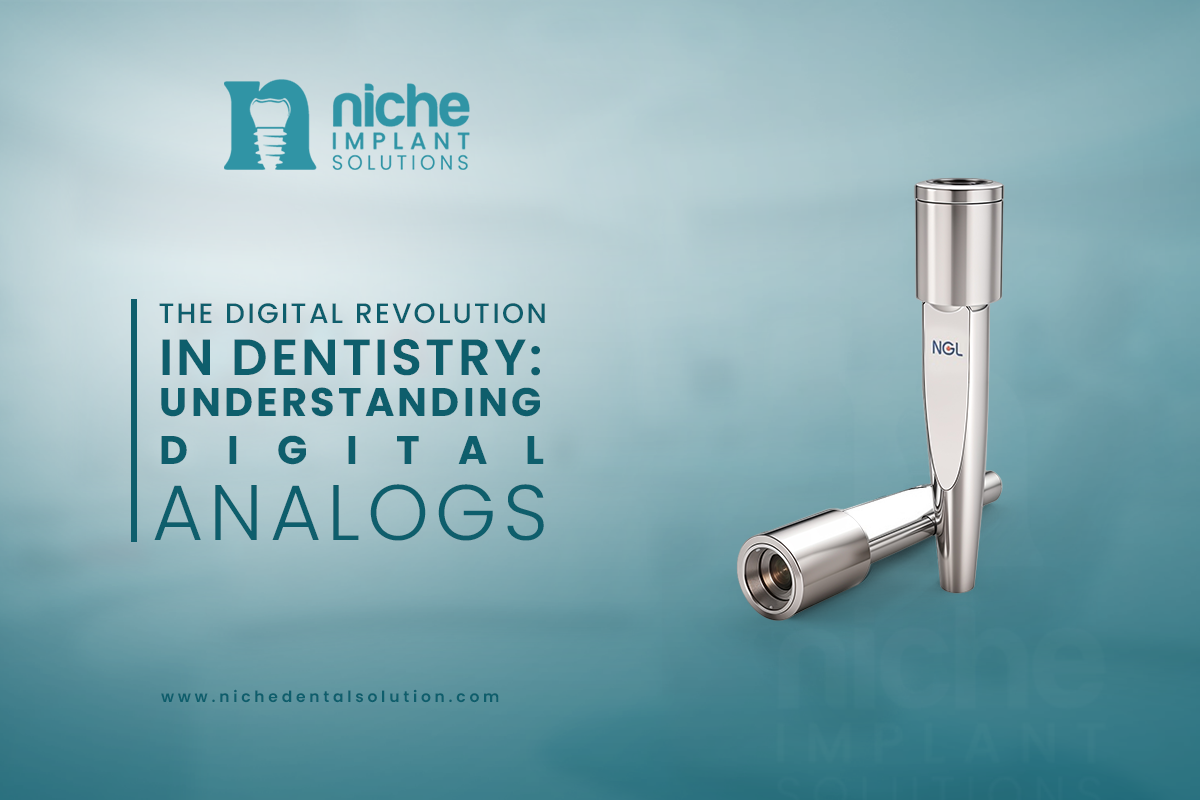

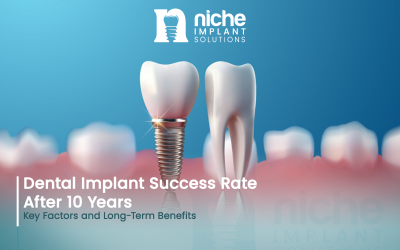

0 Comments